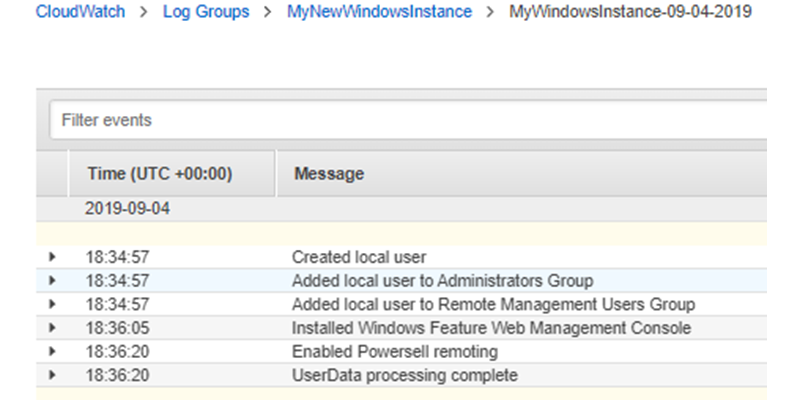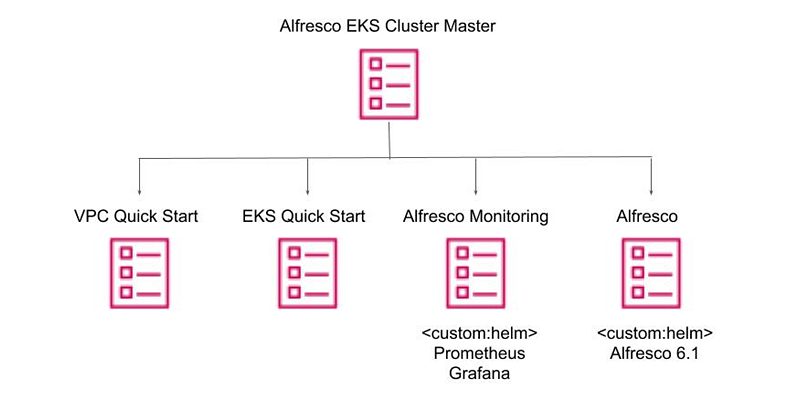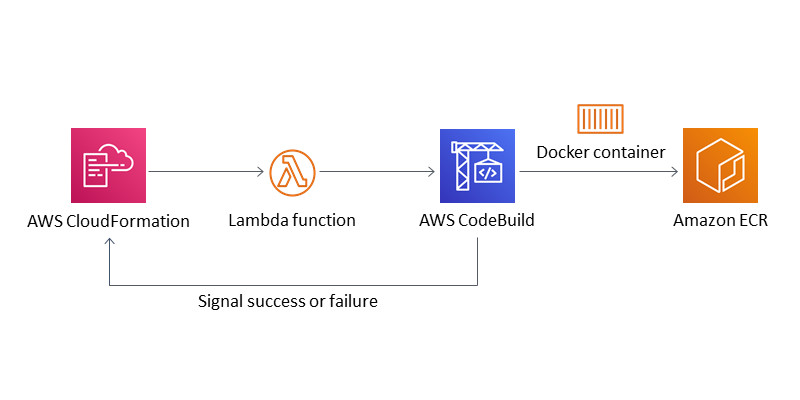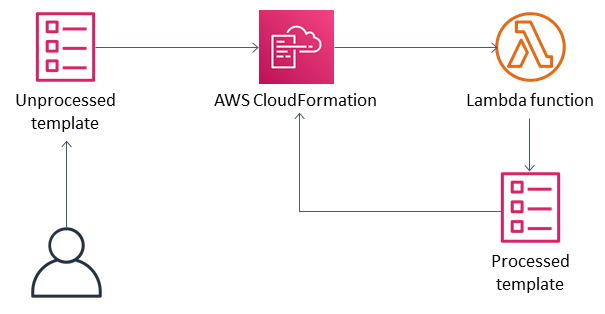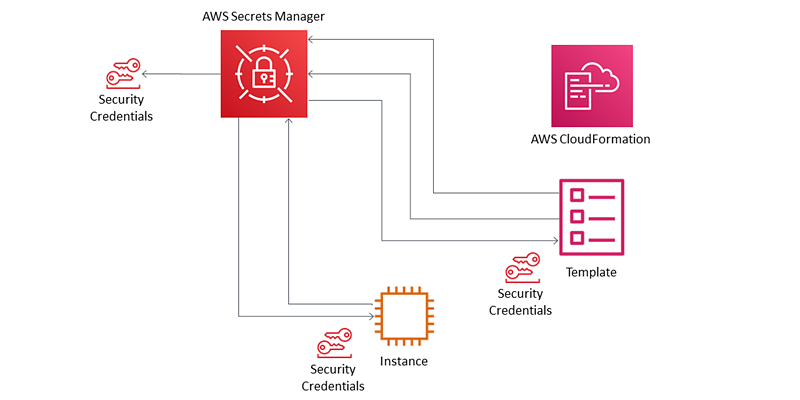Integration & Automation
Category: AWS CloudFormation
Speed up instance bootstrapping by using dynamically created images
Learn how to build an AMI from an Amazon EC2 instance at CloudFormation launch time, and then use the AMI for fast bootstrapping of the Auto Scaling group instances.
Logging Windows Amazon EC2 UserData activity in Amazon CloudWatch
Track what is happening with your Amazon EC2 instance at creation time by leveraging CloudWatch to externalize log data. Use AWS Secrets Manager for credential security with PowerShell scripts, and create a reusable AWS CloudFormation template.
Enhanced deployment support with the Amazon EKS Quick Start
While Quick Start reference architectures eliminate code that customers would have to write themselves, technology partners actively contribute to improve the standards and feature sets. As an example, read about how Alfresco achieved key enhancements to the Amazon EKS Architecture Quick Start.
Securing your bastion hosts with Amazon EC2 Instance Connect
In this second post of a two-part series, learn how to enhance the security of your bastion hosts by using Amazon EC2 Instance Connect. With EC2 Instance Connect, you no longer have to associate a key pair to the instance, and you don’t need to permanently add user keys to authorized keys.
Using a long-lived compute resource as a custom resource in AWS CloudFormation
Learn how to extend AWS CloudFormation by using AWS CodeBuild as a long-lived compute environment. This example is based on the AWX Quick Start.
AWS CloudFormation custom resource creation with Python, AWS Lambda, and crhelper
Learn how to create robust AWS CloudFormation custom resources by using the custom resource helper (crhelper) and AWS Lambda.
Toward a bastion-less world
Looking for a way to improve your security posture by eliminating open ports on your private Amazon EC2 instances? Learn how you can use the AWS Systems Manager Session Manager to securely connect to your instances without requiring open ports or a key pair.
Automating Amazon CloudWatch alarms with an AWS CloudFormation macro
Tired of writing out each Amazon CloudWatch alarm within your AWS CloudFormation template? Learn how to append alarms automatically by using a CloudFormation macro.
A tale from the trenches: The CloudBees Core on AWS Quick Start
David B. Schott, Senior Business Development Engineer at CloudBees, Inc., details his technology adventures building, with a tight deadline and a learning curve, a Quick Start for the CloudBees Core CI/CD product.
Securing passwords in AWS Quick Starts using AWS Secrets Manager
See how you can securely generate, store, and retrieve passwords during automated workflows by using AWS Secrets Manager and AWS CloudFormation.

